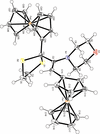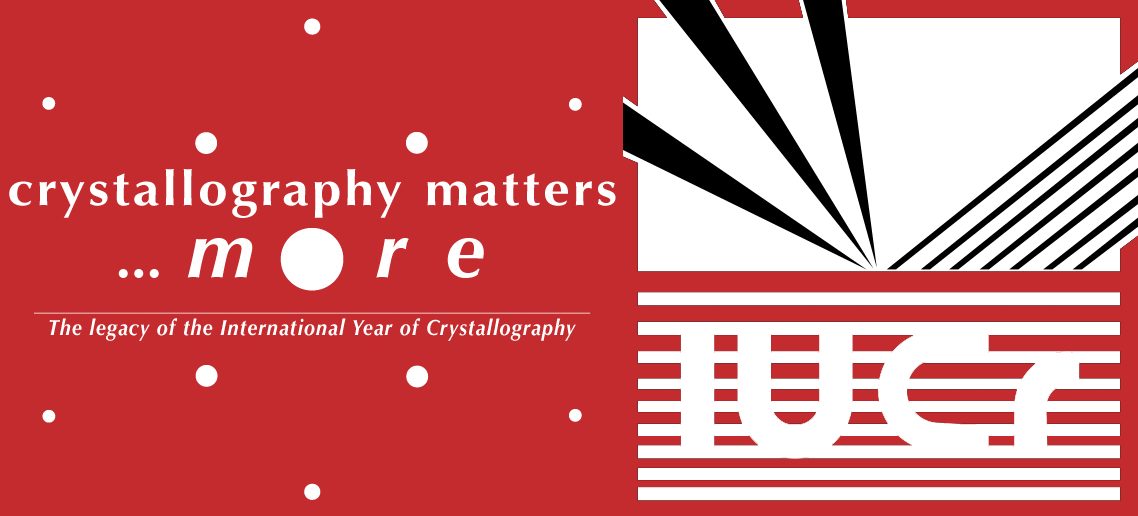issue contents
March 2024 issue

Cover illustration: The lipophilic character of ferrocene makes it capable of penetrating cell membranes and so its incorporation into biological molecules represents a matter of great interest in drug development. It has been shown that the addition of ferrocene residues in biologically active molecules offers the possibility of improving the efficacy of therapeutic drugs. In this context, diferrocenyl-1,3-dithiolane derivatives have pharmacological activity and may be considered as lead candidates for the development of new drugs or as building blocks for new molecules. In the crystal of 2-ferrocenyl-2-[(2-ferrocenylethenyl)(morpholin-4-yl)methyl]-1,3-dithiolane, cyclopentadienyl-C—H⋯O(morpholinyl) interactions feature within helical chains parallel to the c-axis direction. The chains are connected by methylene- and cyclopentadienyl-C—H⋯O(cyclopentadienyl) interactions. See: Oliva-Colunga, Sánchez García, Flores-Alamo & Klimova [IUCrData (2023). 8, x240234]
inorganic compounds


 access
accessmetal-organic compounds


 access
access

 access
access

 access
access

 access
access

 access
access

 access
accessorganic compounds


 access
access

 access
access

 access
access

 access
access

 access
access

 access
access

 access
access
 journal menu
journal menu

























![[publCIF]](/logos/authorchecklist11.gif)





